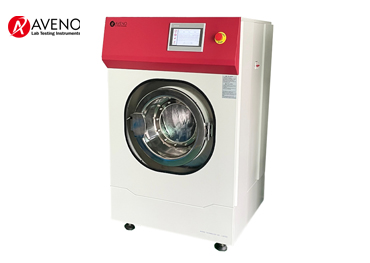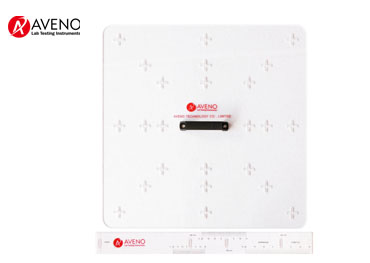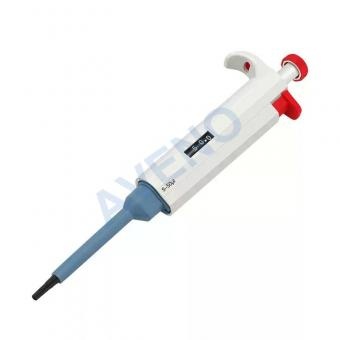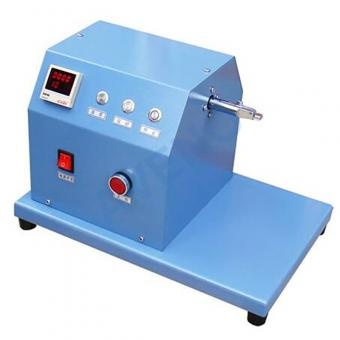The shrinkage rate of textile fabrics varies depending on the specific type. The fabrics with the smallest shrinkage rate are synthetic fibers and blended fabrics, while the fabrics with the largest shrinkage rate are synthetic cotton, synthetic wool fabrics, and viscose fibers.
The shrinkage rate of some fabrics is as follows:
|
No.
|
Type
|
Shrinkage
|
|
1
|
Cotton
|
4%--10%
|
|
2
|
Chemical fiber
|
4%--8%
|
|
3
|
Cotton and polyester
|
3.5%--5.5%
|
|
4
|
Natural white cloth
|
3%
|
|
5
|
Blue nankeen
|
3-4%
|
|
6
|
Poplin
|
3-4.5%
|
|
7
|
Cotton print
|
3-3.5%
|
|
8
|
Twill
|
4%
|
|
9
|
Denim
|
10%
|
|
10
|
Artificial cotton
|
10%
|
Reasons affecting shrinkage rate:
1. Differences in fabric density
Different fabric densities can lead to varying shrinkage rates. Textiles with high warp density tend to experience greater shrinkage in the warp direction, while fabrics with higher weft density tend to experience greater shrinkage in the weft direction.
2. Differences in fabric raw materials
Different fabric raw materials can lead to varying shrinkage rates. In general, materials with high moisture absorption have a higher shrinkage rate, while synthetic fiber fabrics with poor moisture absorption have a lower shrinkage rate.
3. Differences in fabric production processes
The different production processes of fabrics can lead to different shrinkage rates. During the weaving and dyeing process of fabrics, the fibers need to be stretched multiple times, and the processing time is long. The shrinkage rate of fabrics with high tension is higher.
4. Differences in production and processing processes
The differences in production and processing processes can lead to varying shrinkage rates. Because fabrics are stretched by production machines during dyeing, printing, and finishing processes, tension is generated on the fabric. However, when the fabric comes into contact with water, the tension is easily relieved. Therefore, in actual production processes, pre shrinkage is generally used to address this issue.
5. Differences in fabric structure
Different fabric structures can lead to varying shrinkage rates. The stability of knitted fabrics is inferior to the dimensional stability of woven fabrics.
6. Differences in yarn count thickness of fabrics
The different thickness of fabric yarn can lead to different shrinkage rates. Generally, fabrics with thicker yarn count have a higher shrinkage rate.
7. Impact of washing and care process
The washing and care process can affect the shrinkage rate of the fabric. During the washing, drying, and ironing processes, each step can affect the shrinkage of the fabric. Usually, the higher the temperature, the poorer the stability. Additionally, selecting an appropriate ironing temperature based on the composition of the fabric can also improve its shrinkage.
8. Differences in fiber composition
The difference in fiber composition can lead to different shrinkage rates. Compared with synthetic fibers such as polyester, plant regenerated fibers such as viscose and natural plant fibers such as cotton and linen are more prone to moisture absorption and expansion, resulting in a higher shrinkage rate.
Therefore, the following machines can be used to detect the shrinkage rate of fabrics:
1. AC13 Automatic Wascator Shrinkage Tester

2. AC15 Shrinkage Template And Ruler

Anything inquiry please contact us as below:
AVENO technology co., ltd.
Email: sales@avenotester.com






 +8615280858852
+8615280858852












 Oct 06, 2025
Oct 06, 2025





 online service
online service +8615280858852
+8615280858852
 +8615280858852
+8615280858852